For the safety of the exhibits, attention should be paid to the damage of the light radiation to the exhibits. Filters for the ultraviolet and infrared rays of the lamps should be used; The illumination level for the exhibits must be strictly controlled and the annual exposure of the lights of the exhibits should also be controlled. Assuming that the illumination level of the exhibits is 200lx and the museum is lighting 60h per week, the total exposure for the exhibits is 600,000lx*h for one year. (As shown below)

As an organic part of museum scene, lighting should be able to truly restore the colors, details, levels, contrasts and sharpness of the exhibits in order to truly restore ancient and modern culture and history. Therefore, a light source with a color temperature of less than 3300K is recommend, at the same time maintaining the overall color temperature integrity of the environment is required.
For places where high color discrimination is required, such as display paintings, colorful fabrics, and multi-color exhibits, a light source with a general color rendering index (Ra) of at least 90 should be used; Where general color discrimination is required, a light source with a general color rendering index of not less than 80 may be used.
For the three-dimensional exhibits, the combination of directional lighting and diffuse lighting is used to outline the details. For some large three-dimensional exhibits, directional lighting and reflective lighting project from both sides, resulting in different degrees of shadows and highlighting the three-dimensional effect. Exhibition lighting should adopt different brightness contrast, light and shade collocation, light and shadow combination, reflecting the three-dimensional artistic effects of cultural relics; should use light to give the life to cultural relics, achieving realistic rendering.
There should be no direct glare from light sources or windows or reflective glare from various surfaces within the field of audience’s view. For a reflection glare formed by the luminaire on the exhibits, the luminaire can be installed in an area with no reflection to eliminate the glare. (As shown below)
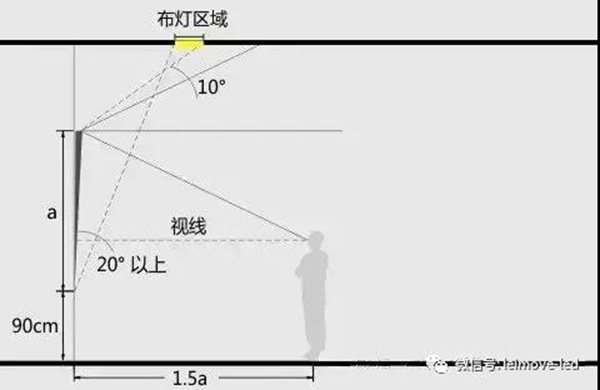
The image produced by a viewer or other object on a glossy surface (such as a showcase glass or picture frame glass) should not prevent audience from viewing the exhibits. For oil paintings or glossy displays, there should be veiling reflection in the viewing direction of the audience. (As shown below)
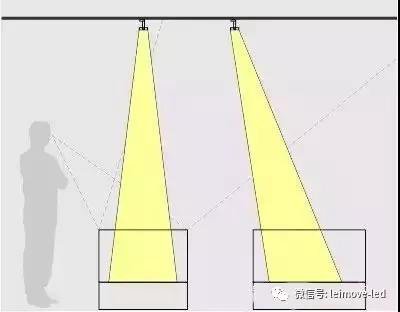
Every piece of the Terracotta Warriors and Horses of the Mausoleum of the First Qin Emperor is an art treasure. When we see the neat array of Terracotta Warriors and Horses, it is by no means a superposition of a simple feeling, but it is a shock and impact brought about by infinite repetition. One of the scenes in National Museum of China is the Terracotta Warriors and Horses, a two-and-a-half dimensional form. The advantage of this form is that the small space reflects the big scenes. The key is to express the front scenes in a fine way. The blurring of the background presents grand scenes, and the precise information obtained from the foreground is reminiscent of the infinite scenes. The typical means of “point to area”.
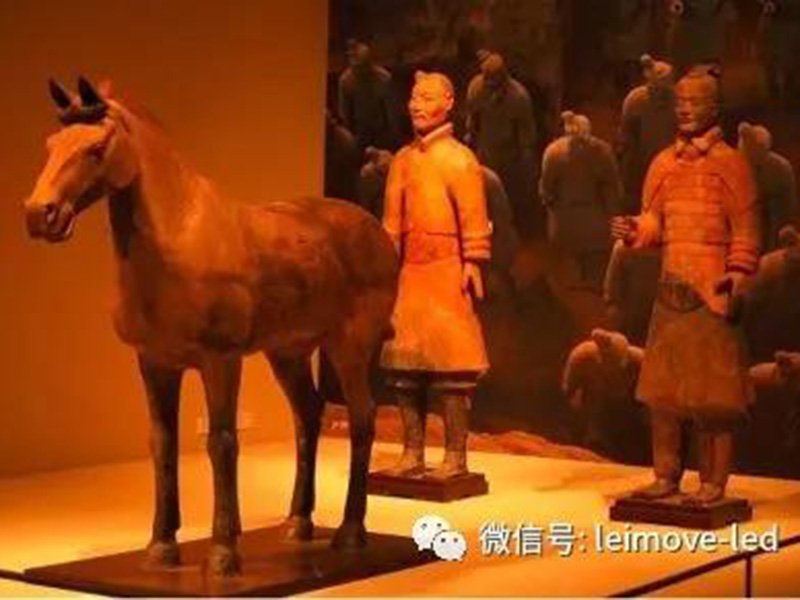
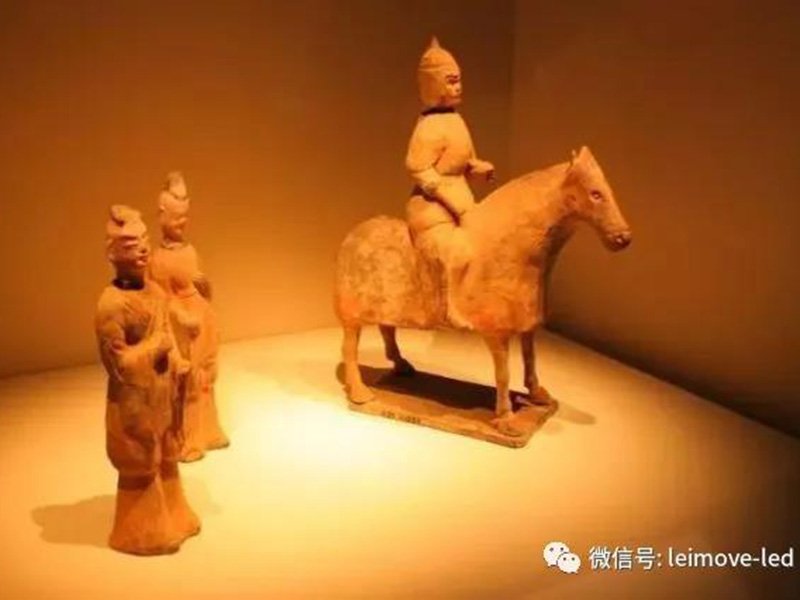
In a group of terracotta combinations, we see that lighting not only plays a role in lighting, but also its spot forms a rich composition of elements and leads a decorative role. What's more important is the subtle changes in lighting, which differentiates the relationship between the primary and secondary characters, enabling audience to see the difference between the historical hierarchy and the identity costume from the static display. Lighting makes a deeper introduction to historical culture.
The exhibition is a dialogue of art or history with the audience. If this is true, then lighting design is to use light language to establish various relationships: the relationship between exhibits, the relationship between exhibits and the environment, and the audience's participation and communication in the entire space. How to establish this relationship is where light's linguistic means come into play.
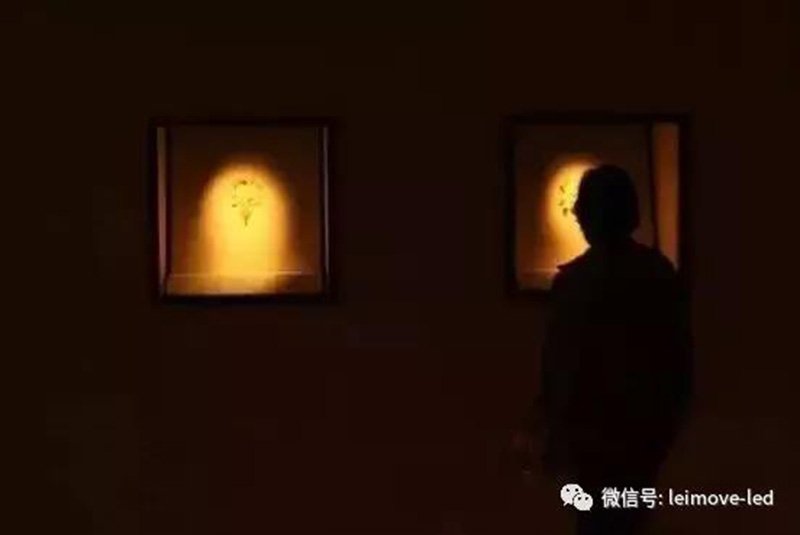
The gold accessory becomes the owner of the space in the dark, and the audience becomes a background in the dark like a silhouette.
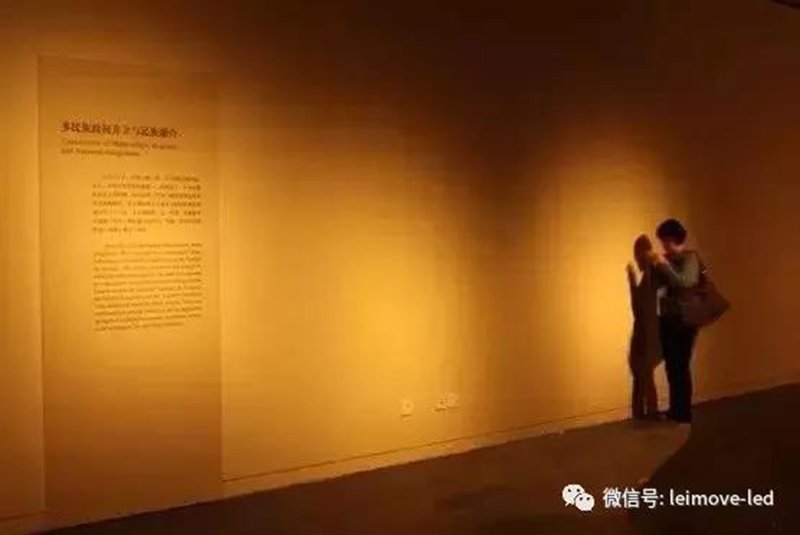
In the non-exhibition area, light and shadow form a concise and beautiful image on the wall. The audience's intentional or unintentional participation will activate the atmosphere of the space.
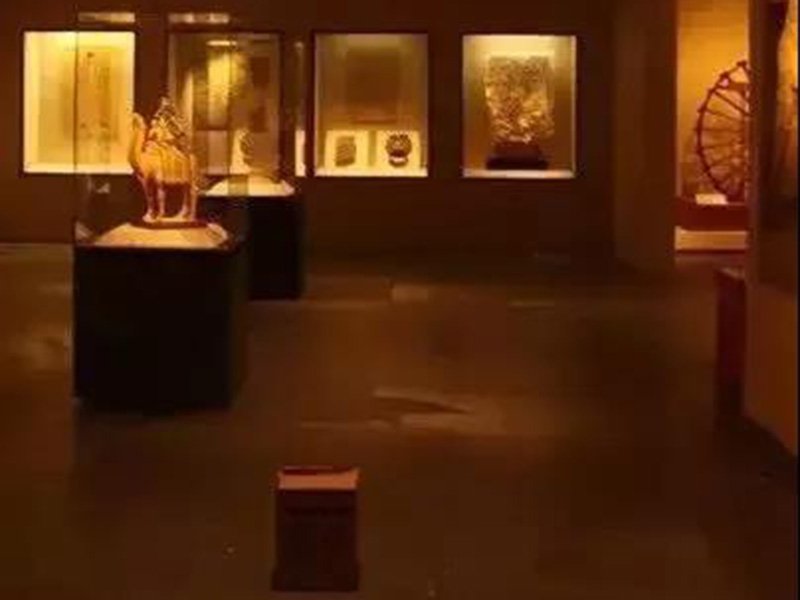
One of the important functions of lighting is to create drama or communication, so that people's behavior can be used to change the effect of the environment, intentionally or unintentionally.
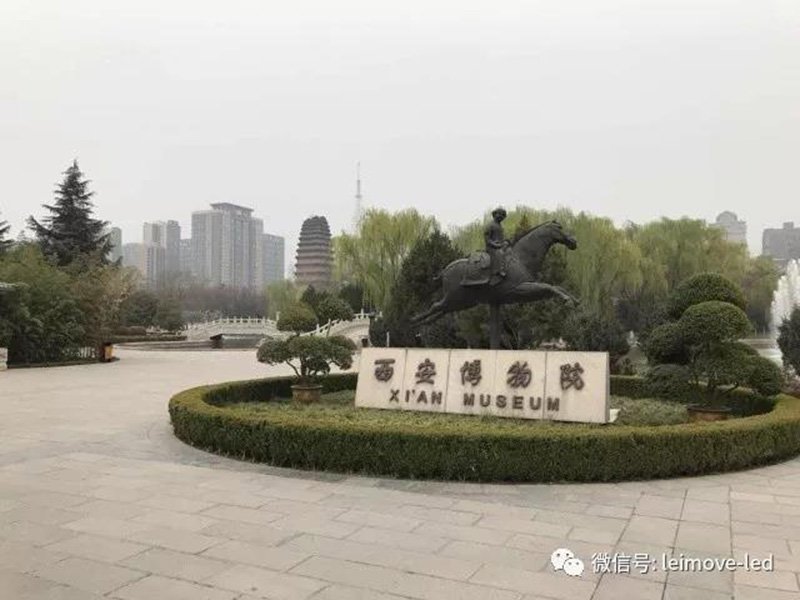
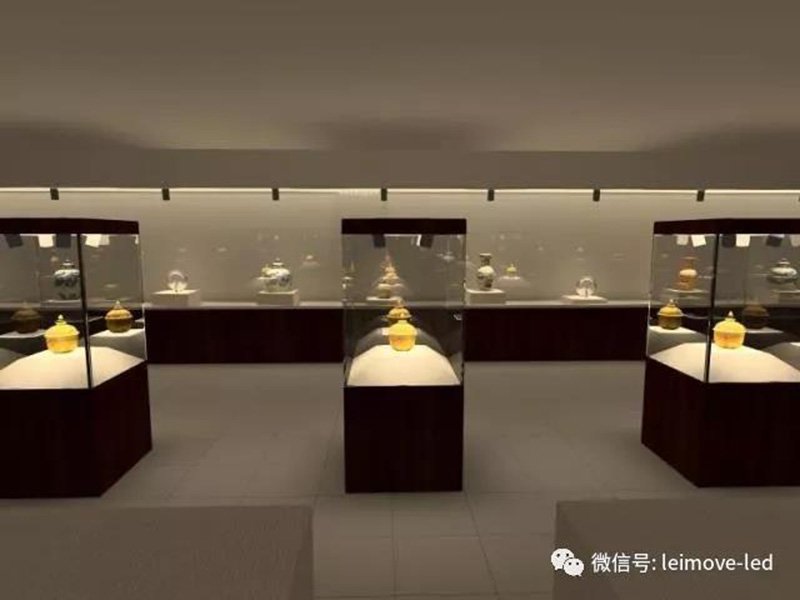
A beam of light is set in front of the Zhaoling Liu Jun relief, and a beam of light that shines vertically down to the ground feels like falling from the sky. You may not be able to notice its presence, but when an audience stops watching the work, he or she will be lit by the light and then will become the part of environment and even art, even the color of his or her clothes, is mapped to the wall like a performance art. The name is called: dialogue with history; Or is called: Everyone can change history.

